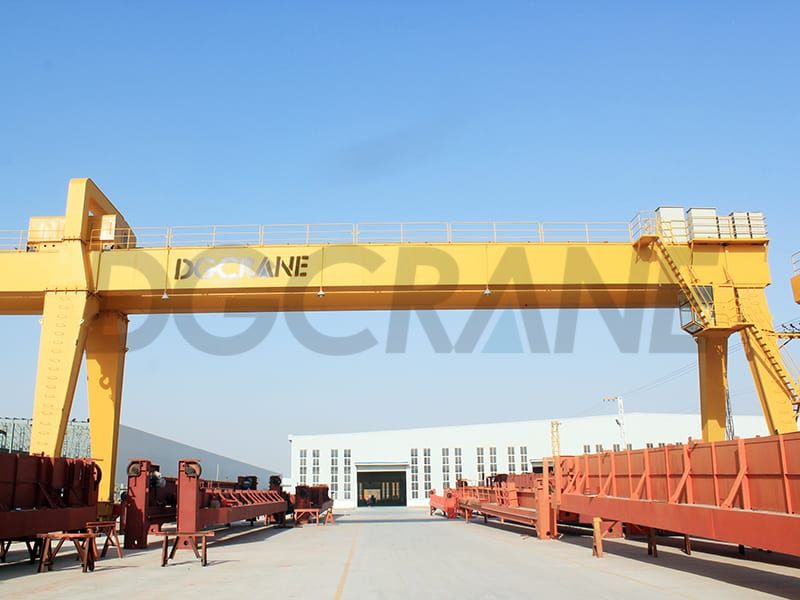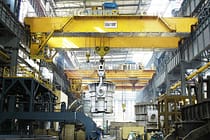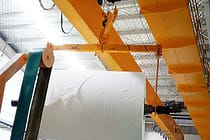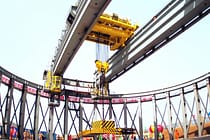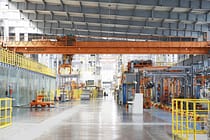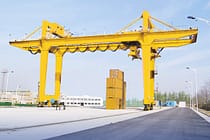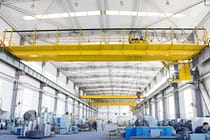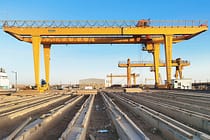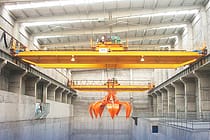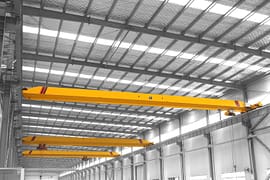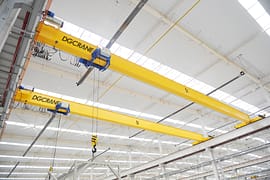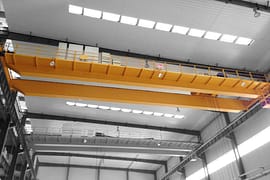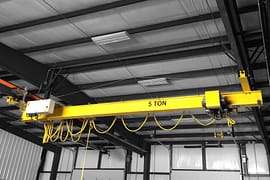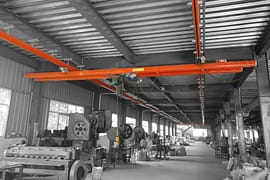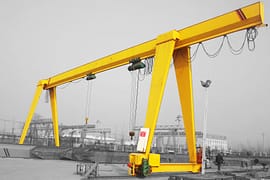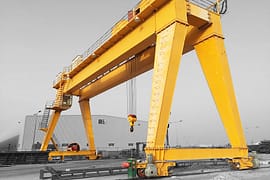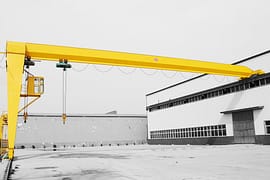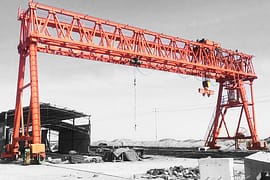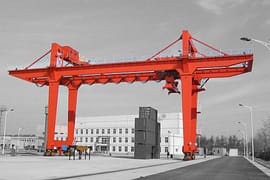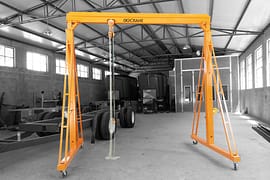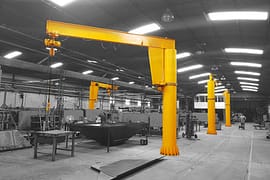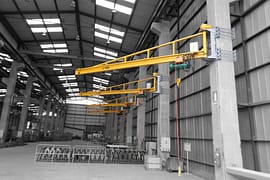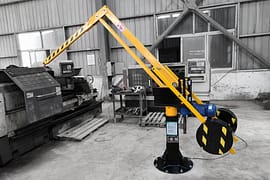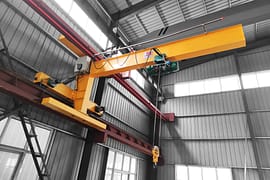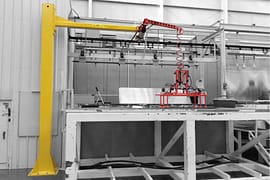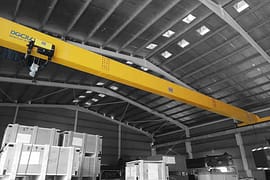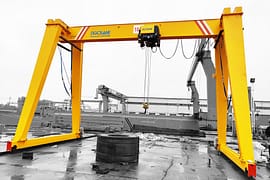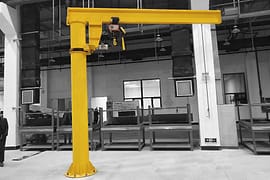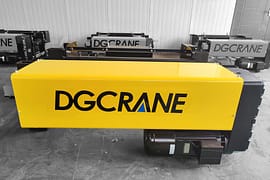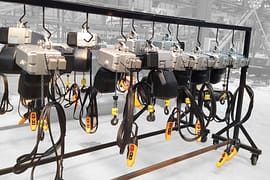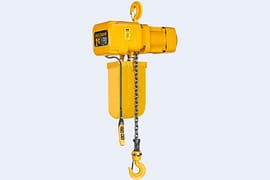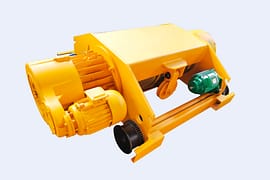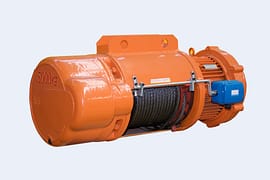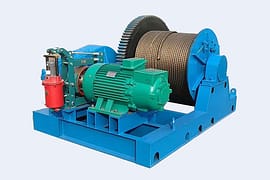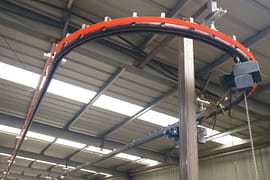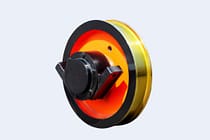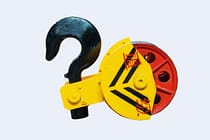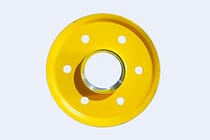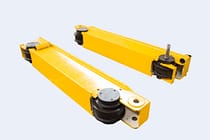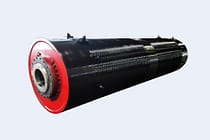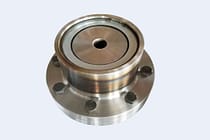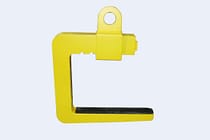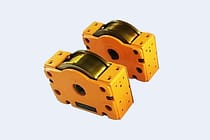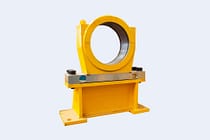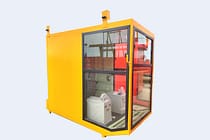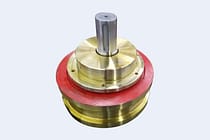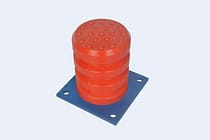Crane Safety You Should To Know
Crane safety has been addressed by the Occupational Safety and Health Administration (OSHA) as well as the manufacturers. Protection from harm should always take precedence any time this machinery is in operation. OSHA calls for all employers to participate in precautionary measures to stop crane-related deaths.
Crane accidents are one issue that construction industries are faced with on a daily basis. The incident rate of crane-related accidents has been rising over the past few years. In 2006, there were 72 fatalities recorded and that figure accelerated the following year to approximately 90 deaths. These accidents were due to mechanical failure, negligence on the part of the operator, and inadequate safety inspections.
OSHA'S Crane Safety Practices
To avoid preventable deaths and severe injuries, OSHA has designed the following guidelines:
- Operator - Only qualified and certified personnel should operate a crane truck.
- Inspection - A thorough inspection should be performed by qualified mechanics with importance placed on the control system.
- Ground Position - Hoisting equipment should be positioned on compact and even ground.
- Work-site Safety - The work zone should be marked using flags and outriggers should be fully extended per the recommendation of the manufacturer.
- Overhead Clearance - Operators should be aware of overhead power lines in the area. A ten-foot clearance should be observed from the swinging radius to the electrical lines.
- Equipment Safety - Hoist lines should not be wrapped around the cargo and all rigging should be inspected before operation.
- Equipment Capability - Operators should be updated with current crane configurations and absolutely know the maximum lifting capacity.
- No Overloading - Under no circumstances should overloading be permitted while hoisting.
- Work-site Observation - Material should not be moved if workers are in the vicinity.
- Follow the Guidelines - Universal crane signals and safety instructions must be followed while using the lifting equipment.
General Crane Safety Practices
Truck-mounted hydraulic cranes are the cause of the most incidents and fatalities among the various types of lifting equipment. Operators must be aware of general safety standards necessary to avoid deadly accidents.
- Identify All Hazards - Operators should identify the number of hazards present in the area: electrical, ground condition, and fall hazards.
- Operator Training - Training regarding cargo preparation, hydraulic truck operation, and load securing should be taken by operators before using hoisting equipment.
- PPE Must be Worn - Personal protective equipment should always be worn, i.e. hard hats, vests with retro-reflective stripes, and safety boots.
- No Overloading - Avoid exceeding the rated lifting capacity. This causes a high risk for accidental tip-over.
- Secure the Cargo - Always secure the cargo before lifting. Ensure that hooks and chains are properly fastened around the materials to be hoisted.
- No Sudden Movements - Avoid jarring of the equipment. Rotating, lifting and lowering of the hydraulic arm should be done gradually.
- Avoid Lifting over Things or People - Do not lift cargo over the cab of the crane or over workers.
- Stabilize Crane - Outriggers and stabilizers should be used extensively.
- Use Signals - Use a signal person if operators have limited views.
- No Extra Riders - Operators should not allow anyone to ride on a load while hoisting.
Accidents impact the business and the lives of the workers involved. They may affect the production level of the company or the ability of the company to generate revenue and cause financial hardship for the company because of such incidents. To address these issues, both the government and private business sectors have begun to encourage operators of hoisting equipment to join the safety campaign related to the usage of the crane truck. These safety guidelines should be a lifeline to operators to help them prevent irresponsible accidents that cause severe injuries or death from ever happening - it is a basic Accident Prevention 101!
